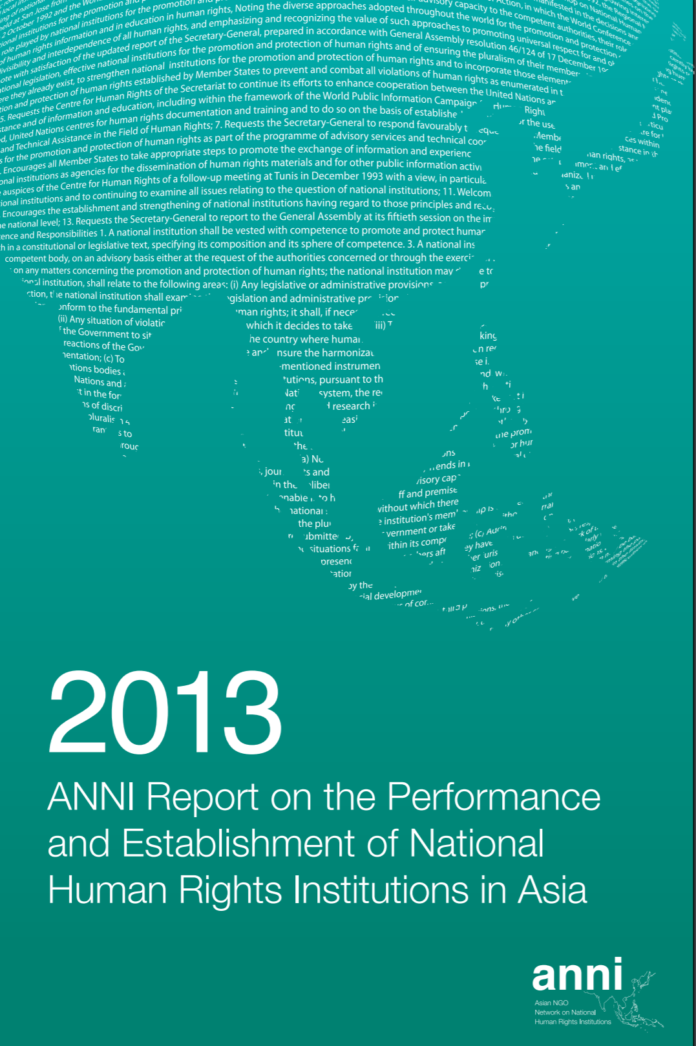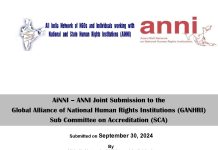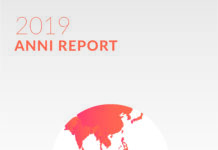Regional Summary: NHRIs and
Critical Moments in Asia
National Human Rights Institutions (NHRIs) have become increasingly prominent actors in
the national, regional and international human rights arenas. When able to operate
independently and effectively, they are important mechanisms that constitute an effective
complement to the judiciary and other institutions in the national infrastructure tasked with
the promotion and protection of human rights. This has been evidenced in the 2011 United
Nations Human Rights Council (HRC) Resolution, during its 13th regular session; which
acknowledged NHRIs as the public protectors of HRDs and encouraged States to reinforce the capacity and mandate of NHRIs to allow them to fulfill their role as Human Rights Defenders (HRDs) effectively. In 2012, the UNHRC adopted by consensus its second resolution on national human rights institutions (NHRIs). The resolution received broad cross-regional support and was co-sponsored by more than 100 States.
2012 (and significant events in the first half of 2013) represented a litmus test for many NHRIs in the region. There were significant events for Asian states: such as budding attempts towards democratic transition; and states that faced internal conflict or communal violence, among others. Often, this involved the complicity of state actors, which renders the fight against impunity a formidable challenge.
Under such circumstances, it is imperative that national institutions are able to operate
independently and effectively so that they are able to offer adequate protection to individuals and organizations that may be targeted due to their human rights-related activities, address human rights violations, facilitate access to justice and effective remedy as well as demand accountability. In this light, the focus of the ANNI Report 2013 is mainly centered on three specific concerns: namely, independence, effectiveness and accountability of NHRIs.












